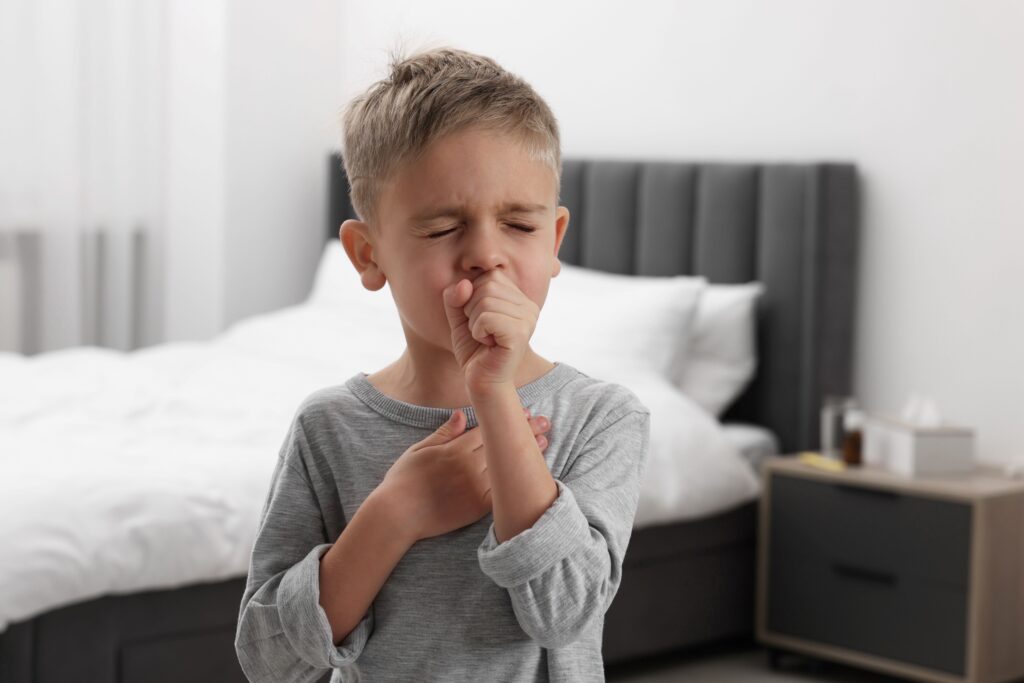You sit down after a long day, hoping for peace, when suddenly, another sneeze. The windows are shut, the curtains drawn, yet your nose won’t stop tingling. The air feels heavy, carrying something invisible that refuses to let you breathe easily.
Dust, pollen, and hidden pollutants drift silently around your living room, turning your safe space into a trigger zone. What you cannot see is often the real culprit.
That’s where a HEPA filter steps in, trapping the unseen and giving you back control over every breath. Keep reading to learn how this simple technology reshapes your indoor air. Your sneezing fits may finally have found their solution.
Why Indoor Air Quality Matters
Many people believe shutting windows is enough to block pollution, but indoor air can be two to five times dirtier than outdoors. Simple daily activities such as cooking, cleaning, lighting candles, or even applying paints and sprays release tiny particles into the air.
These pollutants accumulate quickly, especially in enclosed spaces, where ventilation is limited. When breathed in continuously, they can inflame the airways, worsen asthma symptoms, trigger allergies, and cause long-term harm to respiratory health and overall well-being.
What Makes a HEPA Filter Different?
Each filter is designed differently. Traditional mesh or fibrous filters can trap larger dust particles, but they often miss microscopic pollutants. A High-Efficiency Particulate Air filter (HEPA) removes fine particles from indoor air.
To put this into perspective, common allergens like pollen, mould spores, and pet dander are all within this range. By filtering them out, HEPA technology significantly reduces respiratory triggers inside your home.
The Three Core Features of an Effective Air Purifier
Choosing the right purifier goes beyond simply checking if it has a HEPA filter. For effective indoor air cleaning, three critical features need to work in harmony: sensing, filtration, and projection.
- Advanced Sensing
Modern air purifiers are designed to detect changes in indoor air quality automatically. They sense microscopic pollutants such as dust, smoke, formaldehyde, nitrogen dioxide, and even changes in humidity and temperature.
Once detected, the machine adjusts itself to increase filtration power, ensuring you are not left guessing when the air quality is poor. This automatic response ensures that pollutants are tackled as soon as they appear, rather than after they have already spread throughout the room.
- Fully Sealed Filtration
Even the most powerful air purifier with a HEPA filter can be ineffective if the filtration system is not sealed. A fully sealed unit ensures that pollutants are trapped inside, rather than leaking back into the room.
High-quality purifiers often combine HEPA filtration with activated carbon layers, which absorb gases, odours, and volatile organic compounds. The result is not just cleaner but fresher air that feels noticeably different when you breathe it in.
- Long-range Air Projection
An overlooked yet vital feature of an air purifier is its ability to circulate purified air evenly throughout the space. Advanced projection systems push out hundreds of litres of air per second, ensuring that purified air reaches every corner of the room.
This circulation prevents clean air from staying confined to one area while the rest of the space remains polluted. A truly effective purifier projects air in a way that creates a consistent, breathable environment for everyone indoors.
The Everyday Benefits of an Air Purifier with a HEPA Filter
Adding an air purifier with a HEPA filter to your home does far more than just reduce sneezing. It plays a role in improving various areas of your daily life.
- Relief from Allergies
By filtering out pollen, mould, and dust mites, purifiers help reduce sneezing, watery eyes, and itchy throats.
- Cleaner Breathing for Asthmatics
People with asthma experience fewer triggers when pollutants like smoke and fine dust are captured effectively.
- Improved Sleep Quality
Fresh, pollutant-free air reduces nighttime coughing and congestion, allowing deeper, uninterrupted sleep.
- Odour Removal
Filters combined with carbon elements help neutralise cooking smells, pet odours, and tobacco smoke.
- Enhanced Productivity
Cleaner air improves focus and reduces fatigue, especially when working or studying indoors for long hours.
Choose the Right Air Purifier with a HEPA Filter
Selecting an air purifier should be based on more than price or appearance. Consider these factors before making a choice:
- Room Size Compatibility
Ensure the purifier is designed for the dimensions of your living or working space.
- Filter Type and Quality
Look for multi-layer systems that combine HEPA with carbon filters.
- Noise Levels
For bedrooms or workspaces, quieter models improve comfort without disturbing sleep or concentration.
- Energy Efficiency
Since purifiers often run for hours, choose one with optimised power consumption.
- Maintenance Requirements
Check how frequently the filter needs replacement and whether it is easy to change.
Breathe Better with the Right Air Purifier
The air inside our homes often carries unseen dangers that many overlook until the sneezing and coughing become too frequent to ignore. A HEPA filter addresses this challenge by capturing microscopic pollutants and giving you back the comfort of cleaner, safer air. Choosing the right purifier is a step towards long-term well-being.
Global brands like Dyson have pioneered advanced air purification, combining sealed HEPA filtration, smart sensing, and powerful projection. Their innovations prove that fresh, breathable air is not only achievable but essential for a healthier home environment.
